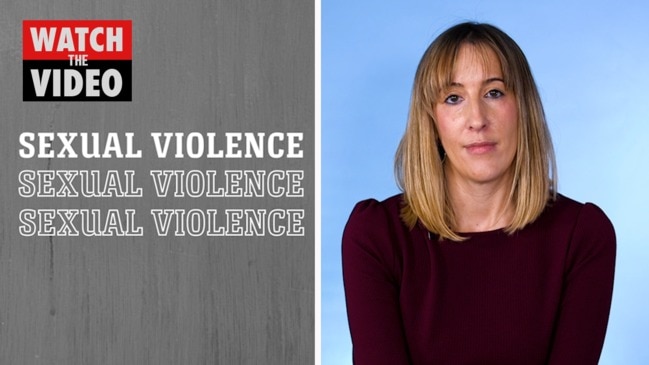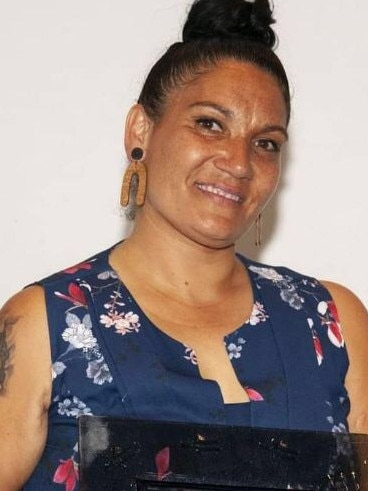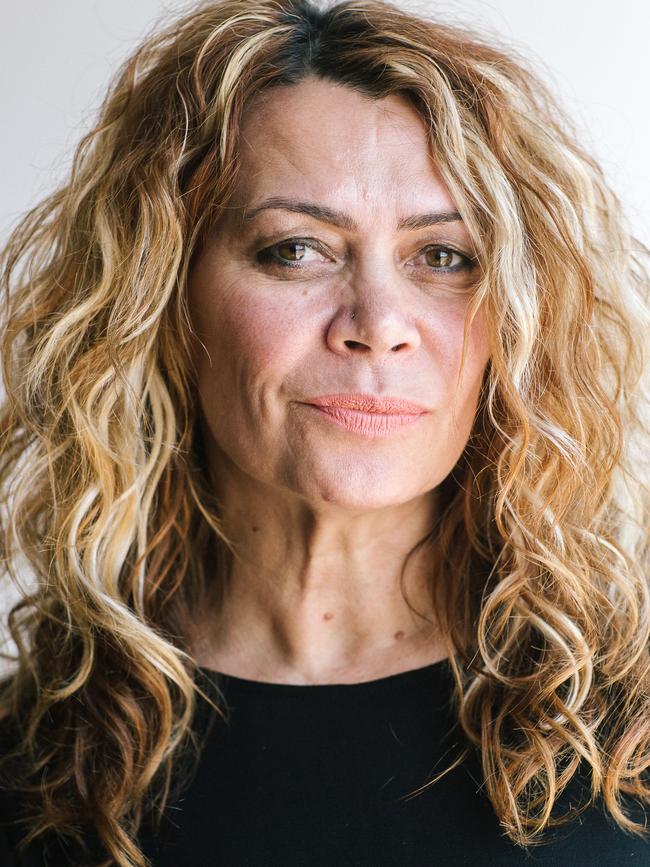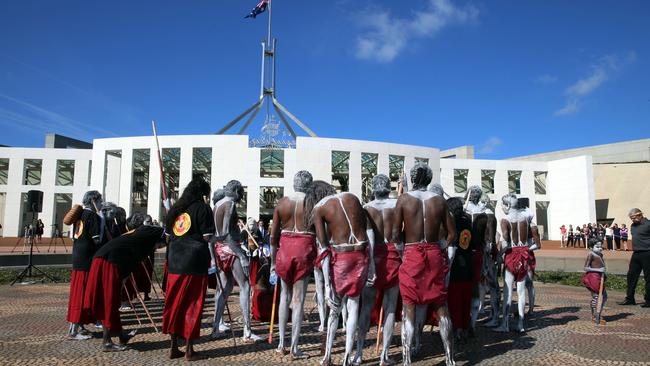Advocates call for dramatic change to Indigenous domestic violence approach
‘Really sad’: Victims of domestic violence describe the cruel way they were treated by police.

As a young vulnerable victim of domestic violence, Naomi Murphy was terrified of the people who were supposed to protect her — the police.
The feeling of helplessness followed the proud Wakka Wakka woman into adulthood, where she was unable to break the intergenerational trauma inflicted on her people and the cycle of violence continued into her own family.
As an Indigenous woman, Ms Murphy felt abandoned and misunderstood by law enforcement.
And, sadly, the instances of Aboriginal and Torres Strait women left feeling betrayed by police is too common, with victims of domestic violence often disturbingly misidentified as perpetrators.
In nearly all domestic and family violence related deaths of Aboriginal people, the deceased was recorded as both a respondent and as the victim prior to death, according to findings from a Queensland Domestic Violence Death Review and Advisory Board.
This was blamed on racial stereotypes, discriminatory policing and a lack of cultural safety within mainstream institutions.


Australia’s National Research Organisation for Women’s Safety found this cruel phenomena of women being assumed as the perpetrator was because Indigenous women “very often do not fit the ideal victim stereotype” and were more likely than other women to engage in self defence.
An ingrained mistrust of police due to colonialism and frequency of brutality also lead to First Nations women often being “named on DVOs, charged with contraventions of DVOs and significantly more likely than non‐Indigenous people to receive a sentence of imprisonment for a contravention of a DVO, compared to non‐Indigenous people”, according to the research.
Ms Murphy said she grew up seeing her own mother being treated as a criminal “for pretty much being an Aboriginal”.
“Because of the situations she was in, my mum was persecuted a lot so I grew up not trusting the police,” she told NCA NewsWire.
“I saw the police coming in and out of my home as a young girl, and doing things to my family that no kid wants to see.”
This mistrust extended to Ms Murphy’s adulthood: when she needed police, she felt powerless to seek help.
“It was already instilled in me because I had seen the terrible things that were done not just to my parents but other loved ones in my community,” she said.
She described the trend of Aboriginal victims being assumed as the perpetrator as “really sad”, inspiring the Wakka Wakka woman to support an overhaul to how Indigenous women and children are treated by police.

Change the Record, a coalition of Indigenous advocacy and legal services, has launched a campaign — National Safety Plan — seeking to provide solutions to domestic violence within First Nations communities.
It says a lack of government resourcing, over-reliance on policing and mainstream services, and the failure of successive governments to invest in adequate housing and social security has left Aboriginal and Torres Strait Islander women in danger.
The group’s co-chair Antoinette Braybrook said “we know how to keep our children and communities safe”, and urged the Morrison government to listen to First Nations women with lived experiences.
“We trust and have confidence in our own solutions, not government or mainstream imposed responses,” she said.
“Our specialist First Nations services are grossly underfunded, our women face some of the highest rates of homelessness in the country and we are ignored or mistreated when we seek safety from police.”
Change the Record’s campaign, Pathways to Safety, has put forward 15 recommendations to address the problem, focused largely on empowering experts from within the Indigenous community supported by an overhaul of investment.
Ms Murphy said it was critical First Nations women were listened to because “who else would know?”
“You can’t just throw a bucket of money at something and expect it to work on its own,” she said.
“We know the solutions and we want to be able to create these platforms, and these plans to heal our communities.”

